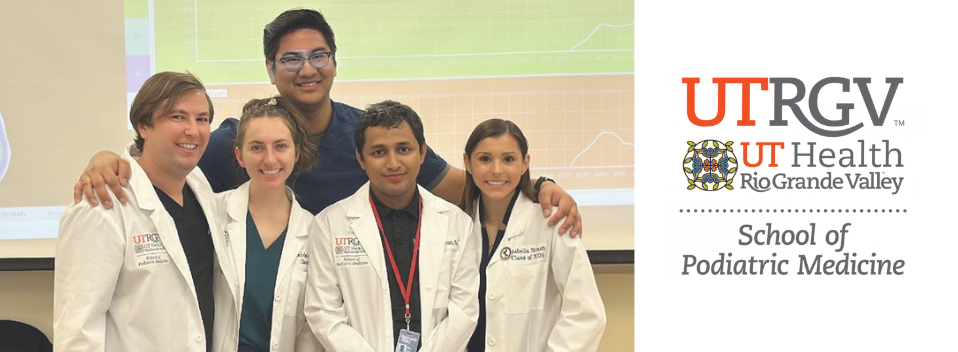
School of Podiatric Medicine Publications and Presentations
Document Type
Article
Publication Date
7-16-2024
Abstract
Cement mediated peri-implantitis accounts for 1.9–75% of dental implant failures associated with peri-implant diseases. This study evaluated the biological impact of dental cements on osseointegrated implants using Lewis rats. Twenty-two rats were distributed into 6 groups: negative control (NC) soft diet (SD), and hard diet (HD); positive control SD and HD (n = 3); Implant + bio-ceramic Cement (BC) SD and HD which included contralateral Sham sites (n = 5). Titanium implants were placed on either side of the maxillae and allowed to heal for 14 days. Later, both sides of experimental groups underwent a re-entry surgery to simulate clinical cementation. The right side received 0.60 mg of BC. At 14 days post cement application, maxillae were harvested for clinical, microtomographic, and histological evaluations. Clinical and microtomographic evaluations indicated evidence of extensive inflammation and circumferential bone resorption around BC implants in comparison to NC. Histology revealed cement particles surrounded by inflammatory infiltrate in the implant area accompanied by biofilm for SD groups. Both sides of BC indicated intensive bone resorption accompanied by signs of osteolysis when compared to NC. Cemented groups depicted significantly lower bone to implant contact when compared to NC. In conclusion, residual cement extravasation negatively impacted osseointegrated implants after re-entry surgeries.
Recommended Citation
Lakkasetter Chandrashekar, B., Biguetti, C. C., Arteaga, A., Miramontes, A. J., Rios, E., & Rodrigues, D. C. (2024). A microtomographic and histopathological evaluation of dental cements as late-stage peri-implant complication in a rat model. Scientific Reports, 14(1), 16441. https://doi.org/10.1038/s41598-024-66353-x
Publication Title
Scientific Reports
DOI
https://doi.org/10.1038/s41598-024-66353-x


Comments
This article is licensed under a Creative Commons Attribution 4.0 International License, which permits use, sharing, adaptation, distribution and reproduction in any medium or format, as long as you give appropriate credit to the original author(s) and the source, provide a link to the Creative Commons licence, and indicate if changes were made. The images or other third party material in this article are included in the article's Creative Commons licence, unless indicated otherwise in a credit line to the material. If material is not included in the article's Creative Commons licence and your intended use is not permitted by statutory regulation or exceeds the permitted use, you will need to obtain permission directly from the copyright holder. To view a copy of this licence, visit http://creativecommons.org/licenses/by/4.0/.